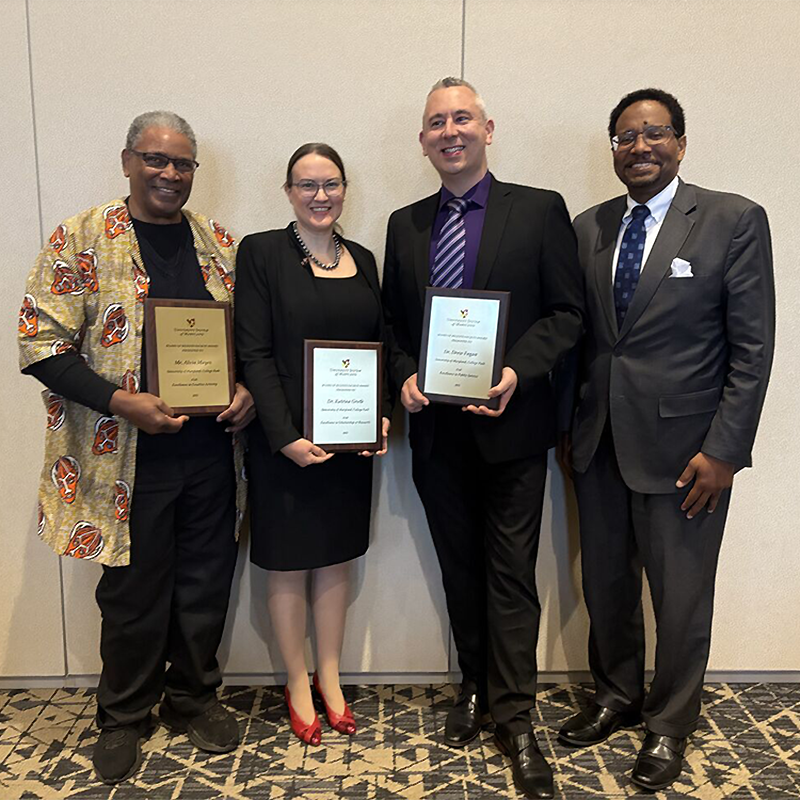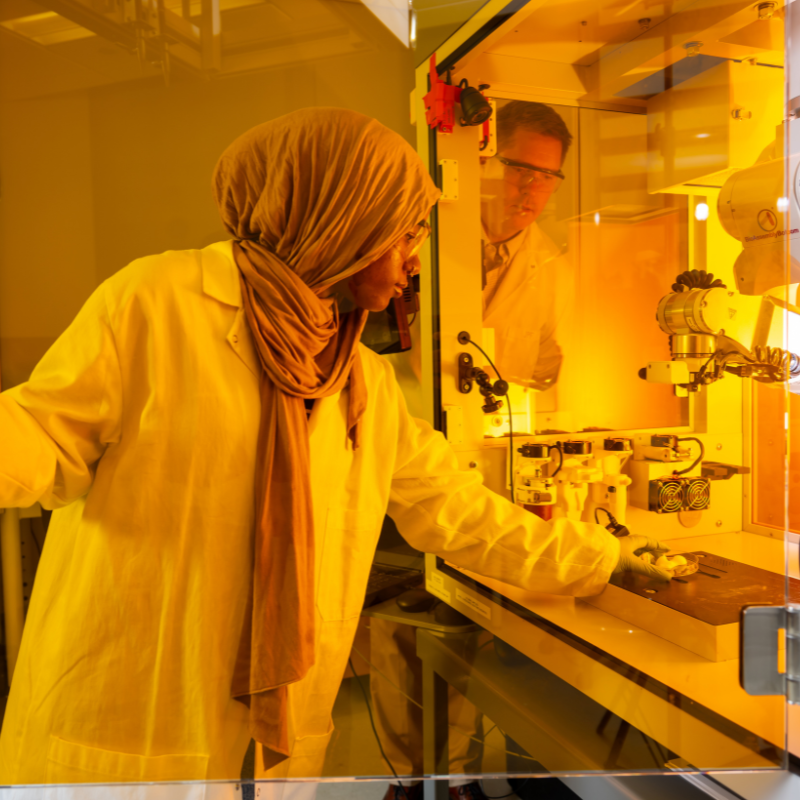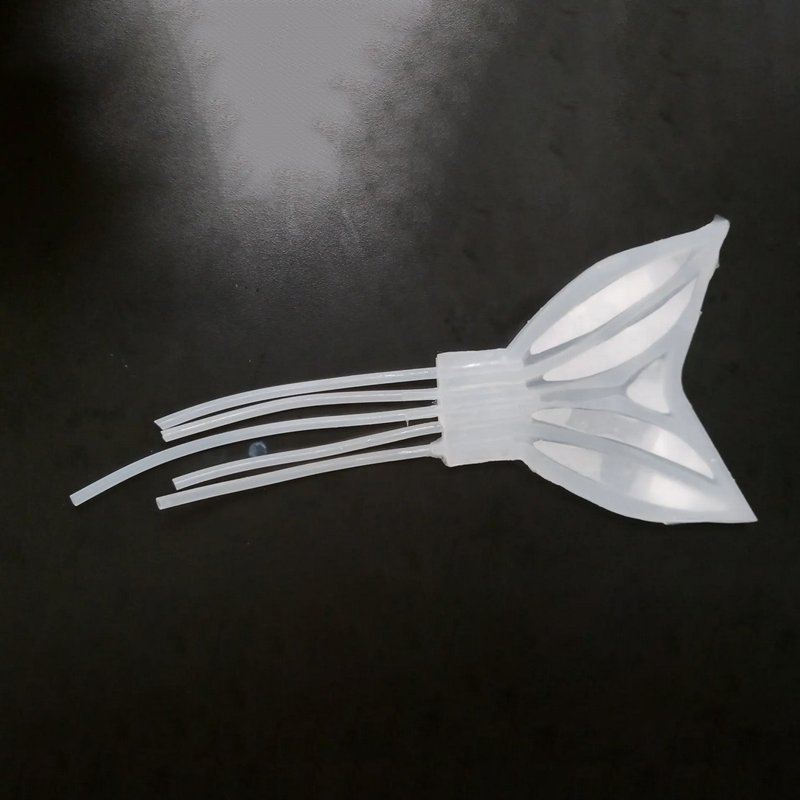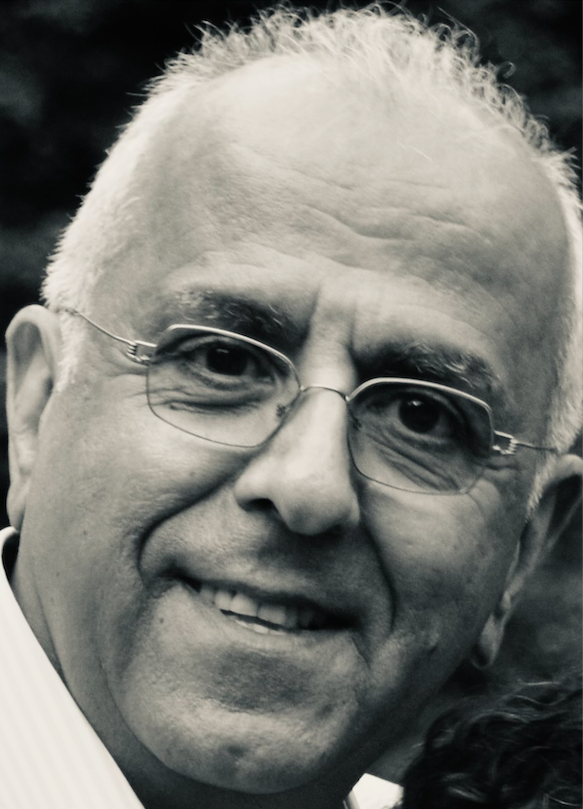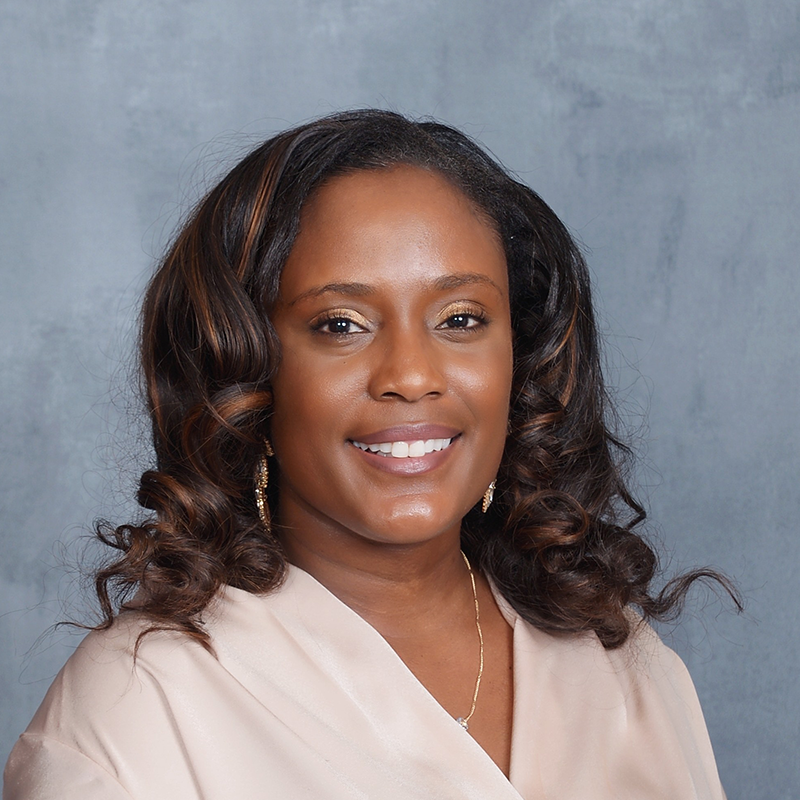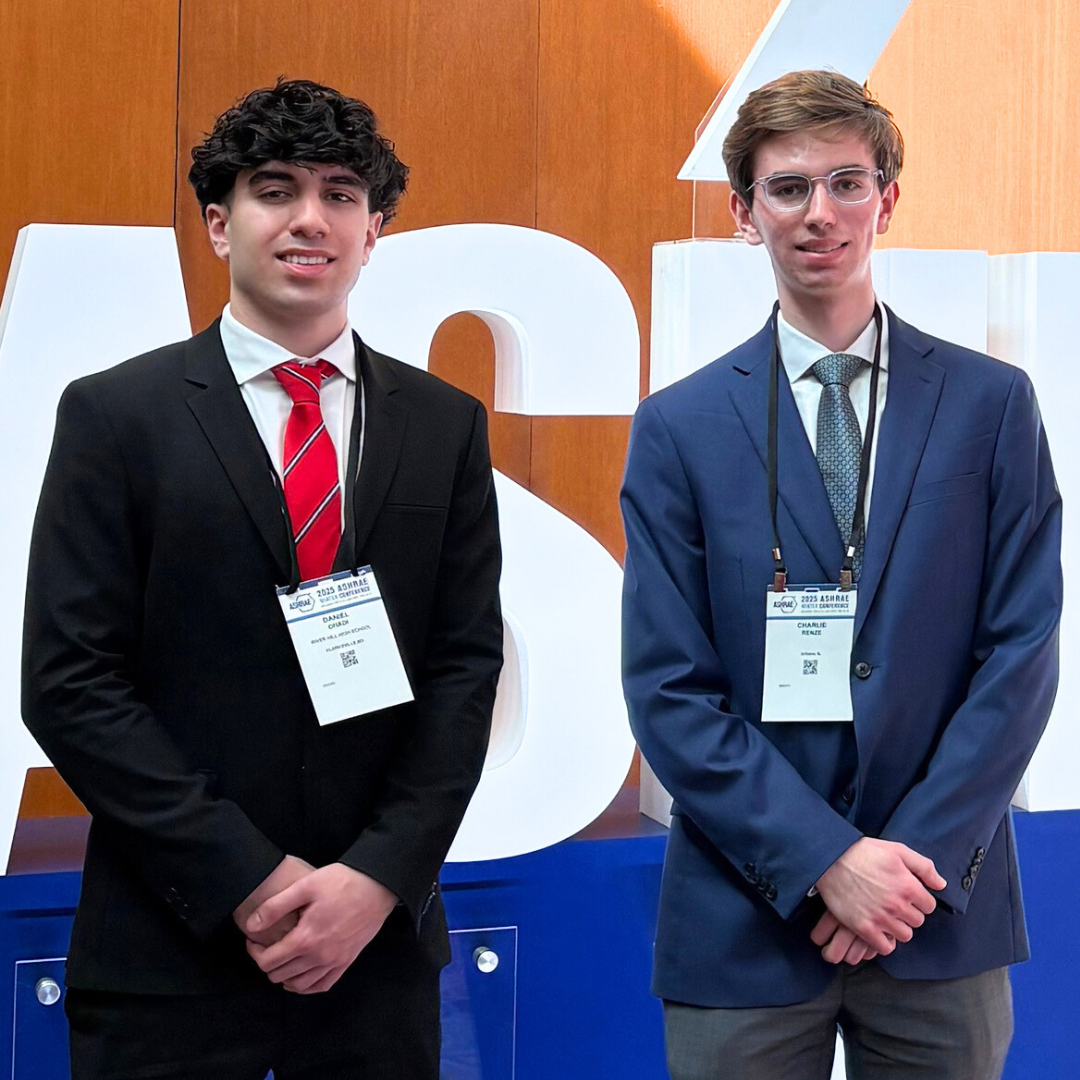News Story
Students' Solar House Begins to Take Shape
By CATHERINE W. DOLINSKICapital News Service
Reprinted from the March 15, 2002 Prince George's Journal, the daily newspaper of Prince George's County, Maryland
It's not easy being green, but a group of more than 30 eco-friendly University of Maryland students are trying to prove it's possible.
Standing in the mud and smiling through a cold, drizzling rain Wednesday, the student team poured the concrete foundation on campus for a completely solar-powered house, which will be entered this fall in the first-ever "Solar Decathlon'' intercollegiate competition.
The foundation pouring followed a years' worth of intensive design work and canvassing by the student team for corporate donations and sponsorships to make the $200,000 project possible.
"Just seeing that cement truck pull up today is such a good feeling,'' said senior Micah Coleman, 23, a mechanical engineering major who is the project's construction director.
"We've been working so hard to get to this point. And since we have total control of the project ourselves, we know it's here because of us,'' he said.
When finished, the 800-square-foot house will resemble a complete one-bedroom apartment inside. Constructed using various innovative green technologies, it should be able to generate enough solar power to sustain every segment of daily living, from using a computer to juicing up an electric car.
Junior Teresa Broadnax, 35, a mechanical engineering major, said she started thinking more seriously about green energy after Sept. 11.
"We have to rely on so many of these countries for oil,'' she said. "I started thinking about finding alternatives—after all, we have plenty of the sun's energy right here in the United States!''
Broadnax said the national Solar Decathlon competition exemplifies the kind of work she hopes to do professionally.
"Down the road, I want to build affordable houses that use the sun's energy, but in a way that doesn't interfere with everyday living,'' she said.
The Solar Decathlon, sponsored chiefly by the U.S. Department of Energy, will pit Maryland's solar house against 10 others in 10 different contests on the Mall in Washington in October. Each team will have to transport its house to the site for judging on its design and energy-conserving functions.
Junior Dan Baer, 20, said hauling the house onto a truck and moving it to the District without breaking anything may prove to be the trickiest challenge, now that the design stage is over. Of course, building in College Park does lend a certain advantage.
"There's a college team coming from Puerto Rico—I don't know how they're going to manage it,'' said Baer, a civil engineering major.
Maryland's project has relied almost from the start on an intricate interdisciplinary collaboration between students majoring mostly in architecture, civil engineering and mechanical engineering.
Project manager Andrew Hunt, 21, said the effort went surprisingly smoothly, probably because each group was responsible for different elements.
"So as a result, everyone was happy with the design,'' said Hunt, a senior mechanical engineering major. "We've heard though the grapevine that teams at a couple of other schools have had trouble with infighting and people wanting very different things.''
Faculty adviser Jungho Kim, a mechanical engineering professor, stressed the value of the hands-on experience the team members will get from the project.
"Designing it is one thing, but to design, build and get it to actually work is a totally different endeavor,'' Kim said. "So much of what we do is academic and ivory-towerish. This is serious hands-on experience here.''
Published March 15, 2002
